How to paint animal eyes
Get these right, and any mistakes in the rest of your painting won’t be noticeable. Get them wrong, and they can let an otherwise good painting down. Let’s look at how to paint animal eyes that look so realistic, they feel like the painting is looking back at you.
At some stage in your painting journey, chances are, you’ll turn your hand to painting a pet portrait.
Whether you’ve been waiting until you feel ready to paint your own precious furry family member, you’re asked by someone else to paint theirs, or you feel inspired to paint a loved one’s beloved pet, that day is likely to come (if it hasn’t already).
But pets can feel like the hardest subjects to paint.
Not because of the techniques involved, but because of the pressure to achieve a close likeness, show their unique character, and create a feeling of vitality in the portrait.
If you can paint their eyes accurately, you’ll have gone 90% of the way to succeeding in those aims.
5 tips on how to paint animal eyes:
In the mini class video below, I’ll run through my 5 top tips for realistic animal eyes in watercolor, and then I’ll talk you through the steps I followed when I painted the eye of a sweet spaniel dog.
So be sure to watch the video for my explanation of the reasons behind these tips. But here’s a list of the tips which you could note down for reference:
1) Work larger than life to make it easier to paint details
2) Pay attention to angles of shapes within the eyes, as these will help you to create a rounded appearance
3) Start with an accurate outline drawing of all the shapes within the eye (in the video you’ll see how detailed mine was)
4) Paint the eyes early because as well as motivating you through the rest of the portrait, it will help establish the painting’s tonal range
5) Come back to darken the eyes after darkening the rest of the painting, so leave yourself room for manoeuvre.
Check out the mini class:
Now come and join me in the studio as I elaborate on these tips and show you how I put them into practice when I painted an adorable spaniel dog:
Are you inspired to try these tips?
I hope this mini class has motivated you to paint animal eyes too, either as sketchbook practice or as part of a watercolor pet portrait.
If you’d like to explore similar mini classes, you can also find ones on how to paint a tabby cat (or just the cat’s eye), how to paint the full spaniel I painted in this class, how to paint black fur and how to paint pale fur.
More resources on painting pets and nature subjects
Remember that these mini classes just give you a short overview of how to approach the subjects. Full length step by step classes which show everything in real time are hours long, and are available with Nature Studio membership.
Every class comes with a traceable outline drawing, a reference photo you can download (in colour and black and white), a list of paints used, and best of all, the opportunity to receive help and feedback on your work.
There are hundreds of classes in the library and members have access to them all, plus loads of other perks.
You can find out more about membership here.
I’d love to hear from you…
Has this mini class given you the confidence to paint a special furry-someone? Maybe you’ve struggled with how to paint animal eyes in the past and now feel ready to try again? Or maybe you just enjoyed watching.
Please make my day and share your thoughts and experiences in the comments below. Hearing from you fuels my creativity.
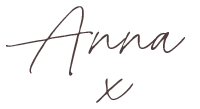
Hi it’s Anna Mason.
In this episode of Nature Studio TV, I’m going to show you how to paint shiny, realistic animal eyes in watercolour.
We’ll start with my 5 top tips for painting eyes, and then I’ll give you a detailed overview of how I painted
the reflective, 3D eye of this sweet Spaniel dog.
The eyes are the most important part of an animal portrait, so what I’m about to share with you can help you to bring more life and realism to your own pet and animal portraits.
So let’s start with tip 1 – work larger than life. When you look really closely at any eyes, you can usually see a variety of shapes and shades. It’s very hard to paint all of those details at life size or smaller.
By working at a larger scale, you stand a much better chance of achieving a realistic result.
Before you begin, closely observe all of those small shapes that make up the eyes. Because eyes are spherical, it’s important to make sure they look 3D and rounded.
The way to do this is to pay close attention to the angles of the shapes and reflections. Get those right, and the eyes will look curved and shiny.
My third tip is to start with an accurate and detailed outline drawing. If you take the time to make an accurate outline drawing before you begin painting, it’ll really help you to place the reflections and shapes in the right positions and it WILL save you time in the painting stage.
Take a look at what I chose to include in my outline drawing for this Spaniel’s eye.
When I’m working on an animal painting, I’ll often paint the eyes to a near-completed stage early on, so tip 4 is to do paint the eyes early.
It can motivate you to keep painting when you see the subject of your portrait looking back at you!
Before you use dark paint on the eyes though, you need to make sure any paler surrounding areas have been painted.
Otherwise, if you were to place a watery wash of a paler colour next to the completed eyes, the dark particles of pigment could bleed into the lighter areas, which you don’t want.
As a portrait progresses, I often revisit areas where I can see they need to be darker, and I do this with the eyes too. This is because tone or value – that is, how dark an area appears – is relative to the area around it.
So tip 5 is not to go too dark too soon so that you can come back to darken the eyes later. Leave yourself room for manoeuvre by not painting the eyes quite as dark as you think they’ll need to end up. That way you can make sure the entire portrait is tonally balanced. If you painted the eyes really dark in the beginning, you wouldn’t be able to do this.
With these tips in mind, let’s now take a look at how I approached the painting process for the Spaniel’s eye:
I began the painting by mapping out the different shapes of colour using pale washes. I used my tiny brushes for this, to help me to work in a detailed way even in this watery stage. I had already completed this step for the rest of the portrait before I worked on the eyes so I wouldn’t risk the dark paint from the eyes bleeding into the lighter fur area.
I matched the paints to palest version I could see in each colour area of the eye. I let that layer dry and then, using a second wash in the same colours, painted everywhere except for the highlight areas, so I could now see where they need to be. Preserving the highlights is important for creating shine and that curved form.
Once that was dry I went in with a much darker, thicker black mix to pick out the darkest shapes and establish the tonal range.
With those dark tones in place, I could then unite both ends of the tonal range by working on the midtones with slightly paler mixes. I could now see that I needed to darken the lightest tones some more, which in turn showed that I needed to darken the darkest tones.
Once I was happy with the tones, I then added some more dark details
Next, I darkened up the fur AROUND the eye. This helped give the eye context and to made it easier to see how much darker it could be taken next.
When I was happy with the eyes, I worked on the rest of the portrait, gradually darkening the fur and nose. Once those areas looked dark enough, I revisited the eyes once more for a touch of darkening, then I was satisfied that the eyes were finished.
I really hope you’ve found this mini class helpful and that you’re feeling inspired to give these tips a go.
A full length video class of this dog portrait is available now with Nature Studio membership. If you’ve enjoyed this mini class, please subscribe to Nature Studio TV, then pop over to NatureStudio.com where you can sign up for Free Classes and find loads of free resources to help you capture the beauty of your furry friends on your paper.
Thanks so much for watching and I’ll see you soon.
Browse more blog posts
Share this post!
17 Comments
Leave a Comment
Share this post!
Subscribe to blog updates
Blog Updates
The information you provide here will be used only to deliver the email course, along with other relevant updates from me. You can unsubscribe anytime. Click here for our privacy policy.



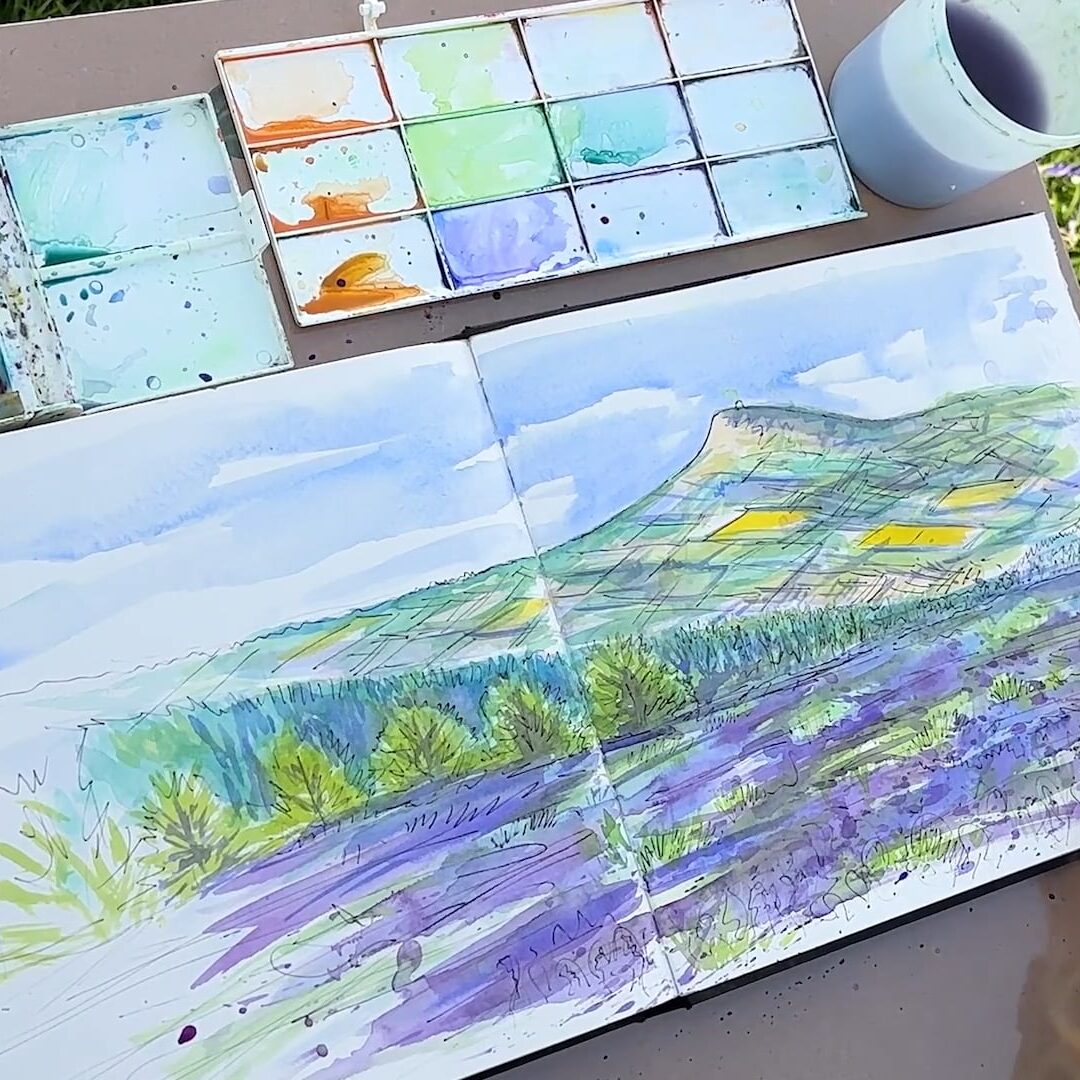
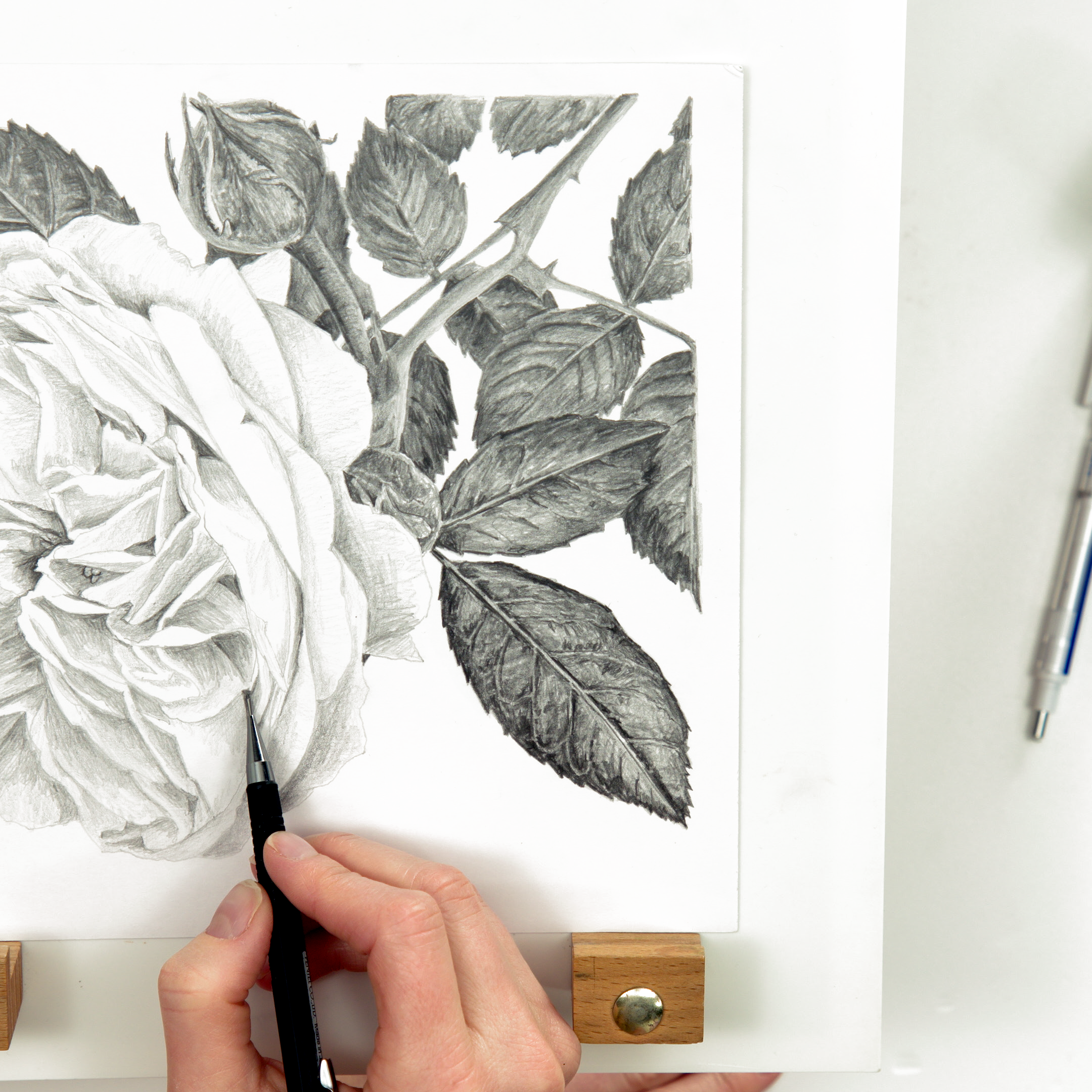
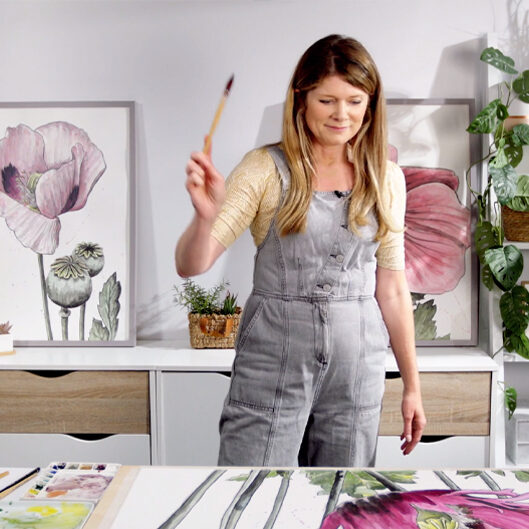
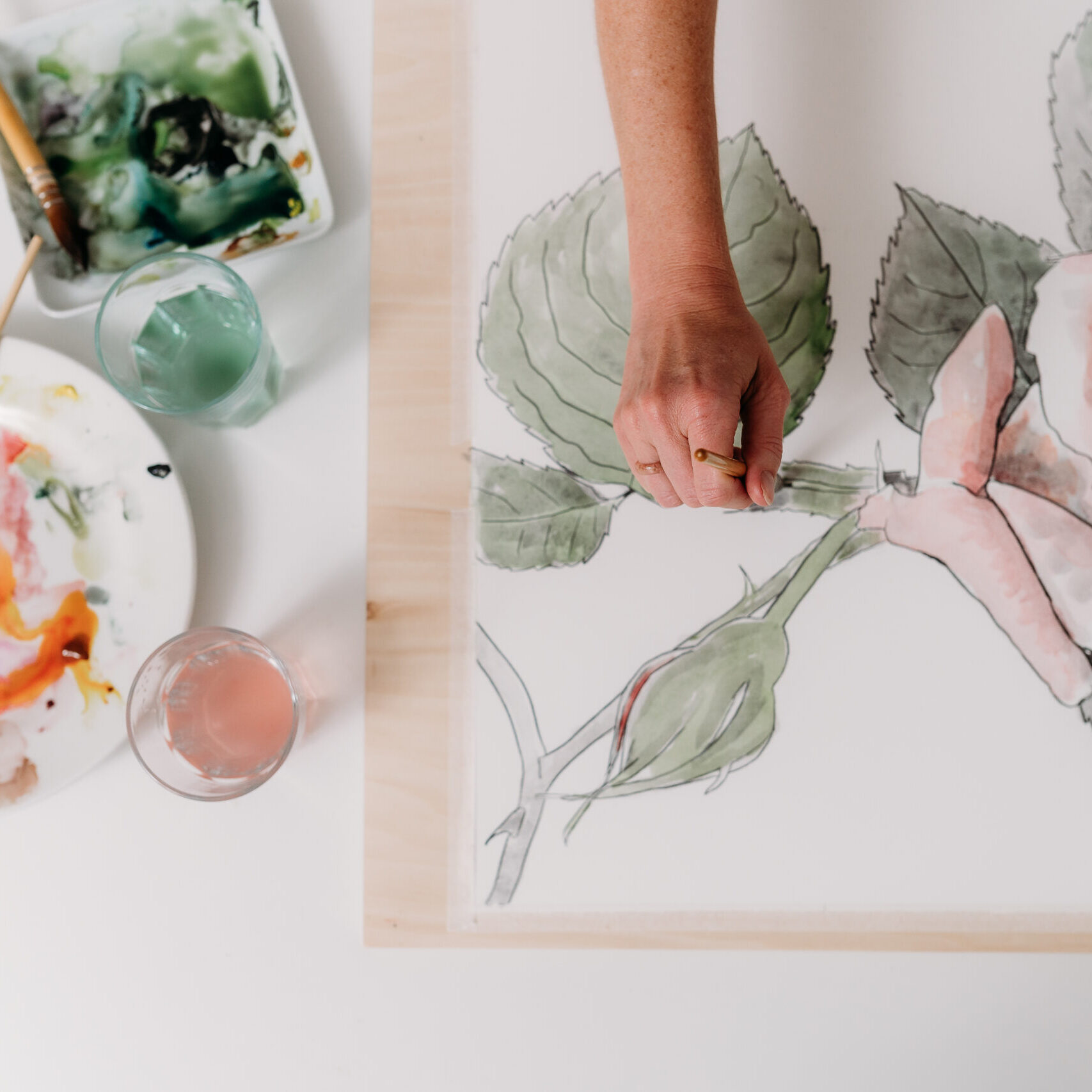
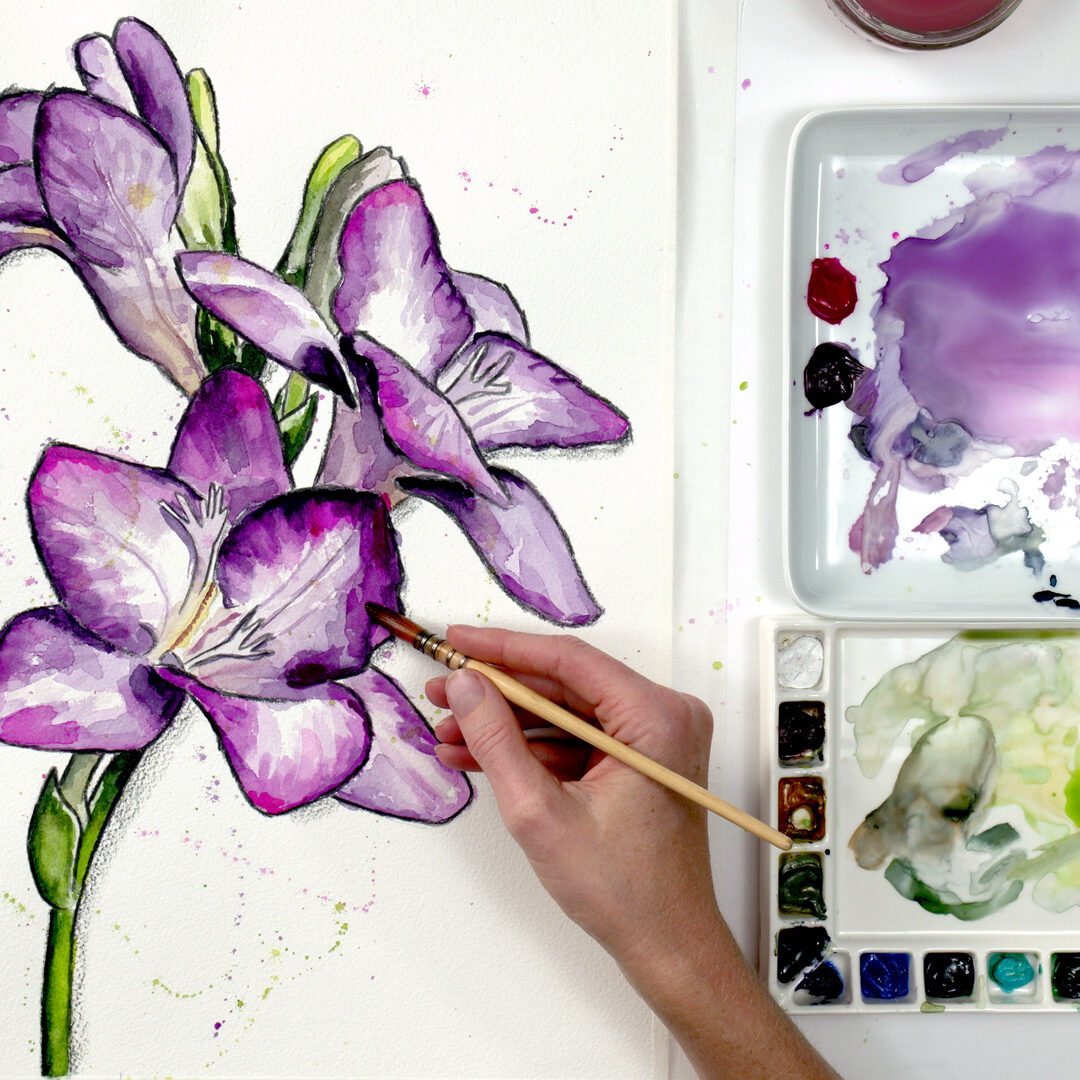
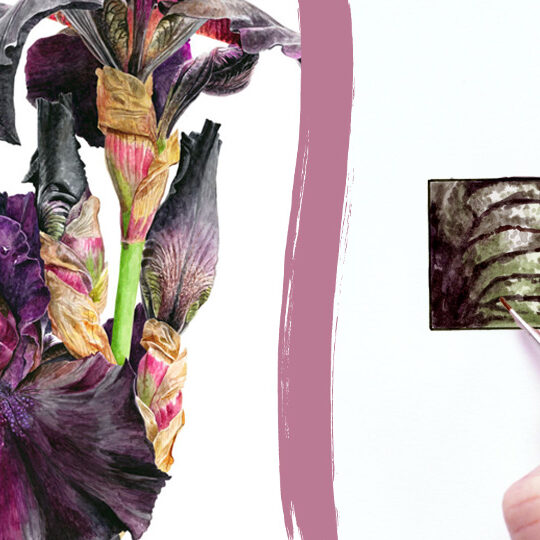
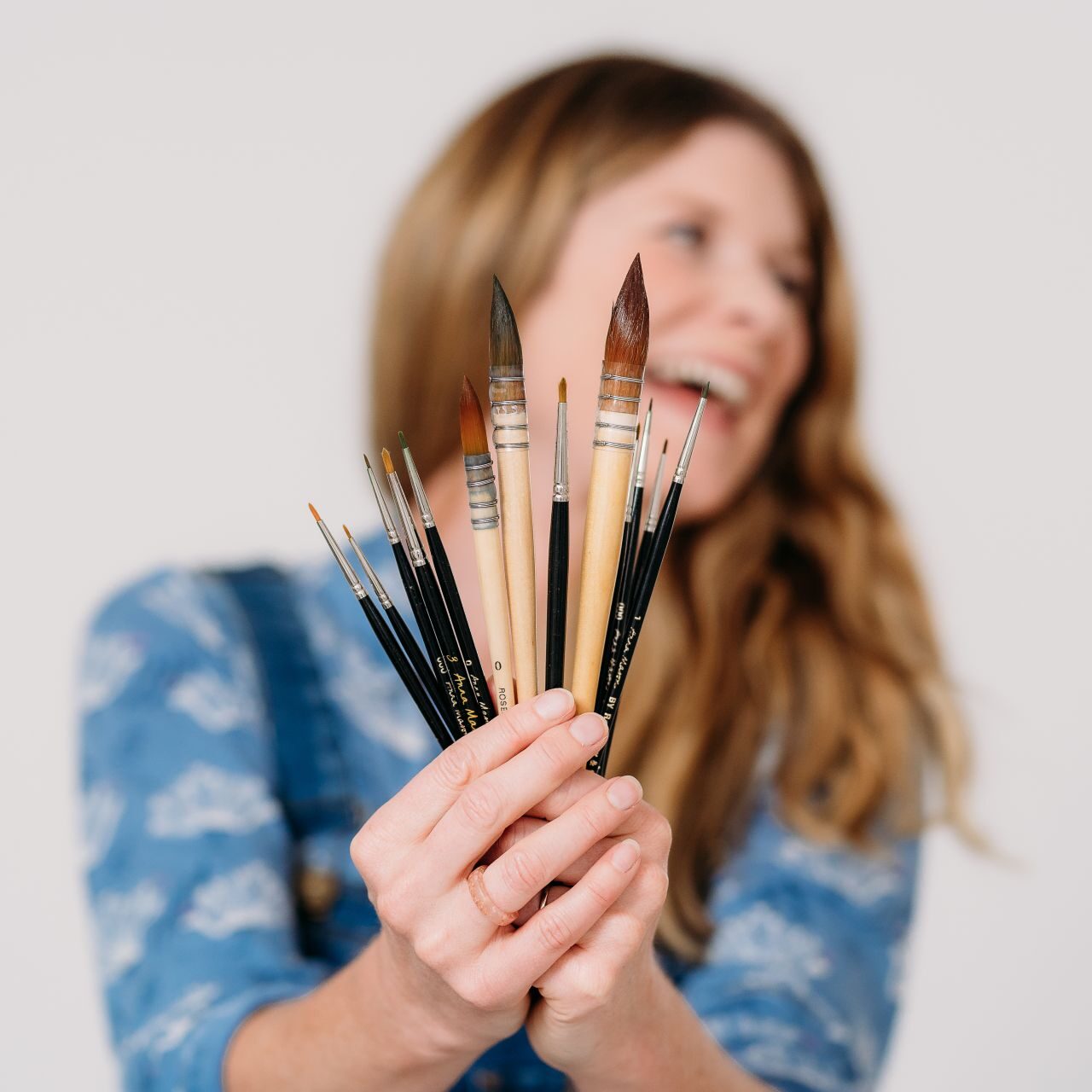
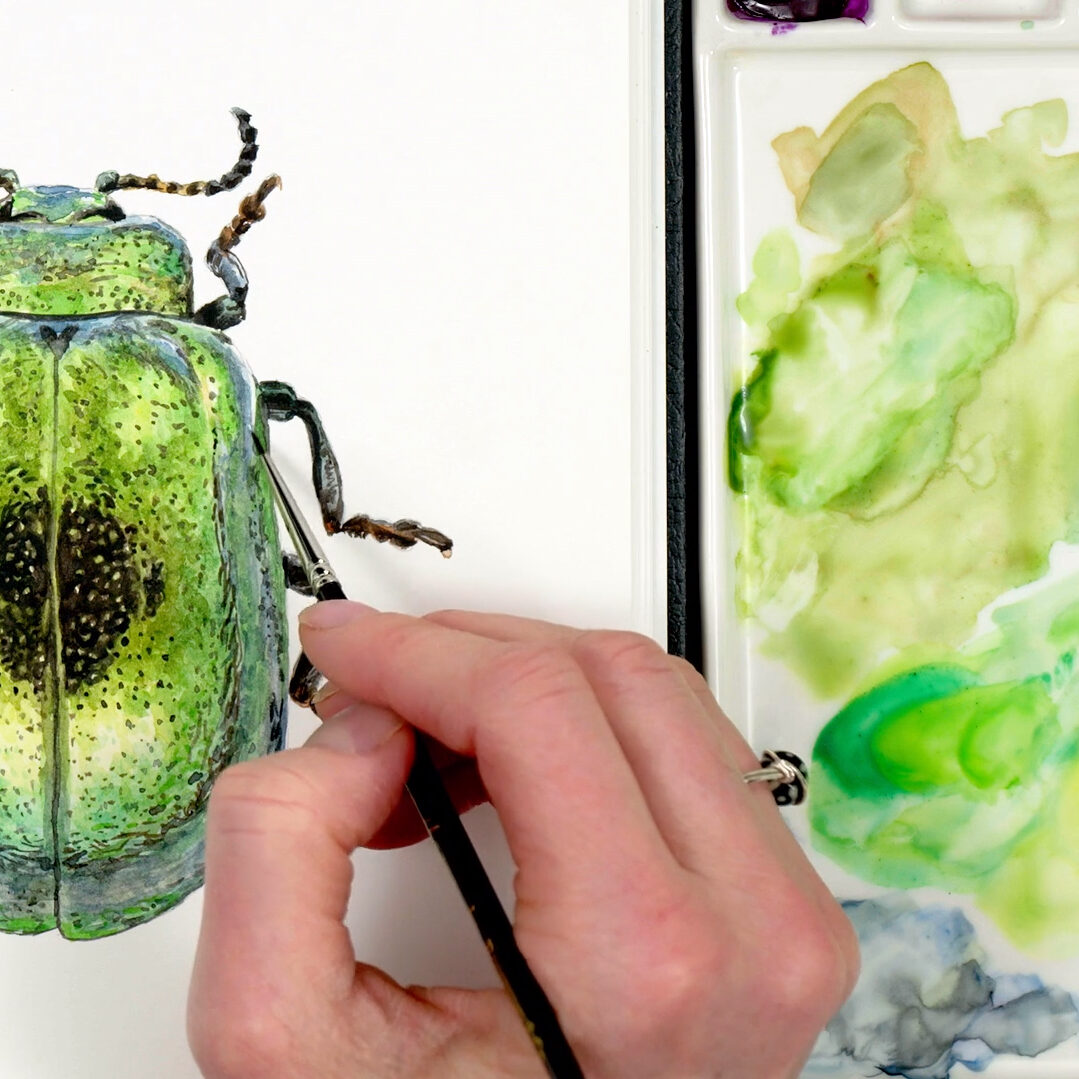
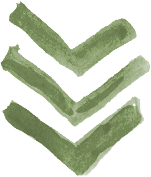
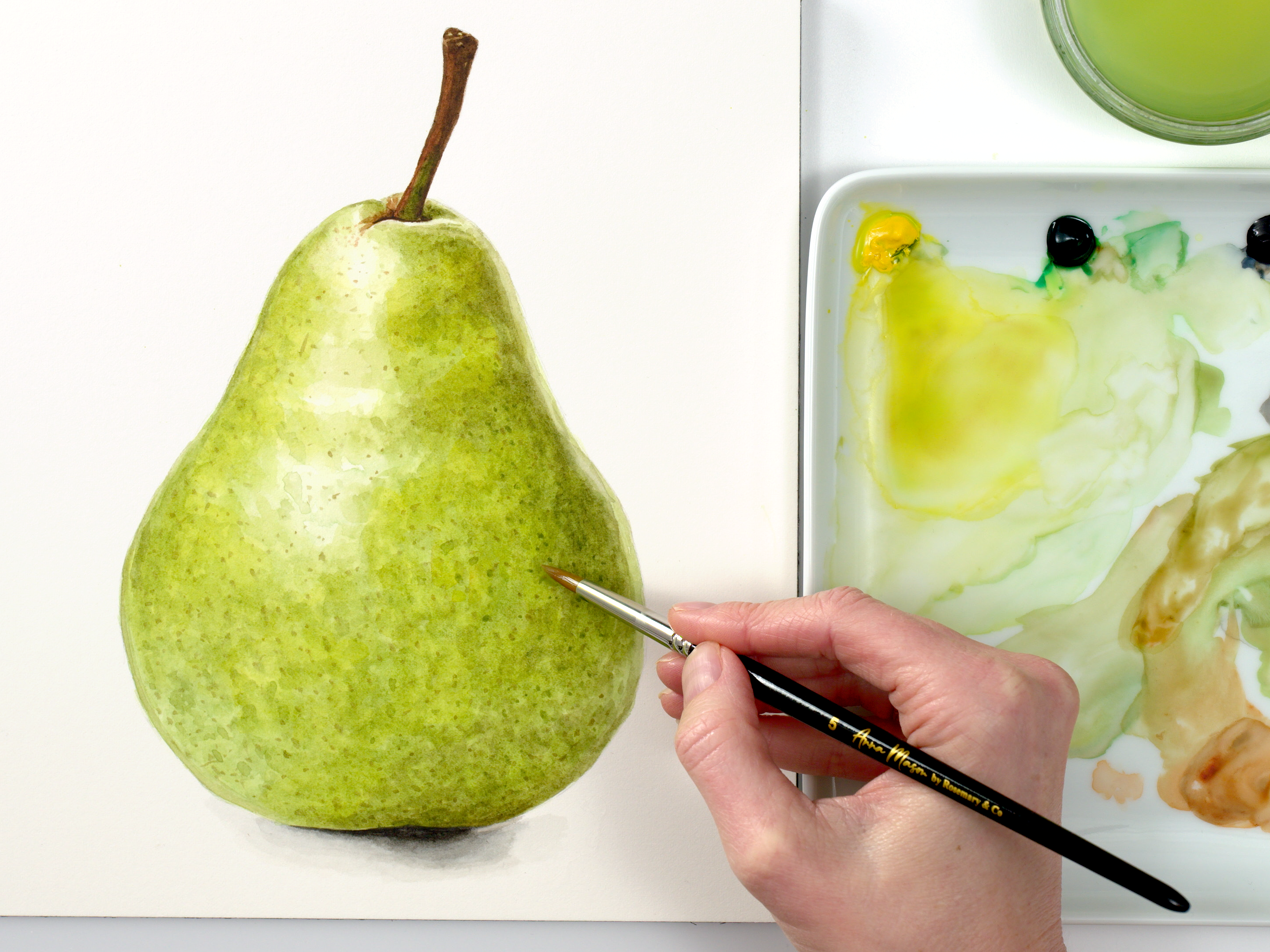

Love your way of painting it has been my inspiration to painting . without you I probably wouldn’t of ever thought I could.Thank you!
Aww that’s so nice to hear, Linda. Thank you for your kind words.
Thank you for your precious time.
Thnku
Thank you for instructing animal eyes. I’m anxious to give this a try
I am excited to try this! My next goal in watercolor is animals and I think their eyes are so full of expressions and I want to capture them the best I can! Thank You!
I hope you enjoy painting them Michelle. Sometimes the eyes can be so expressive they feel intimidating to paint, but if you break them down into little shapes of colour and follow the layering process, you can absolutely capture their expressions!
The video is of painting hampster fur, not a spaniel eye.
Sorry Rhonda, there was a gremlin in the system that was pulling in an old video instead of the new one. It’s been fixed now!
Is this the wrong video?
Sorry Barbara, a gremlin in the system meant an old video was being pulled onto the page instead of the new one. It’s now been fixed!
link is for animal eyes but goes to light fur…. thanks!
Oops, thanks Laura. If you try again it’s now been fixed. A bug in the system meant parts of an old post were being displayed instead of the new class. All sorted now!
this seems to be the wrong video – it is about fur not animal eyes?
Sorry Penny, there was a bug in the system that meant elements from an old post were being displayed instead of the new class. It’s now been fixed.
Thanks Anna….but this is a hamster not eyes?
If you’d like to try again Nicky, it’s now been fixed. A system bug meant an older class was being shown instead of the new class, but it’s been sorted now. Hope you enjoy the new class!